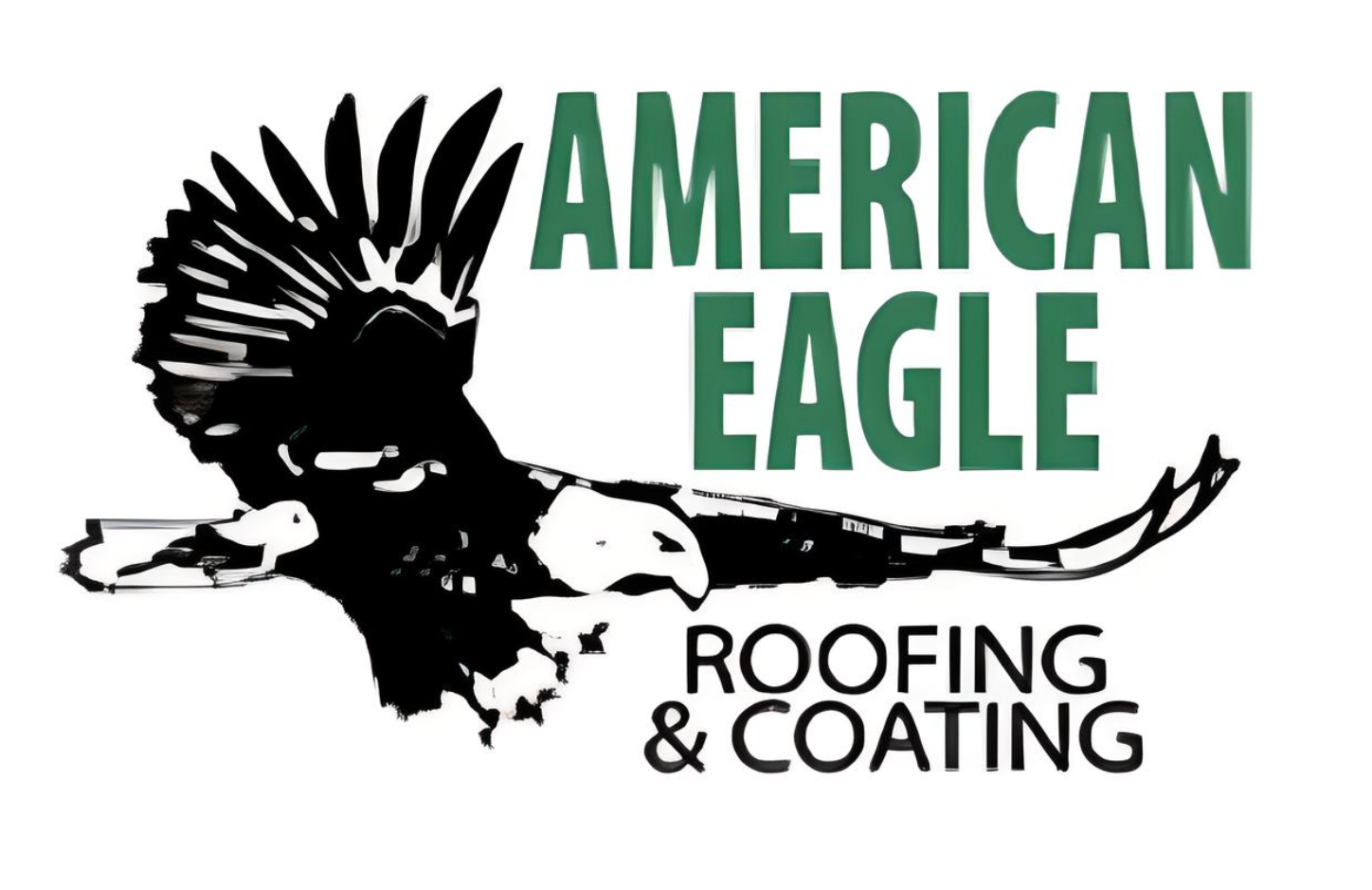How Long Does a Flat Roof Last?
Understanding the Life Expectancy of TPO, EPDM, PVC, and More
If you're a commercial property owner or manage a building with a flat or low-slope roof, you’ve probably asked the question: How long will it last? The answer depends on several factors—the material used, installation quality, climate, and ongoing maintenance.
At American Eagle Roofing & Coatings, we’ve worked on flat roofing systems across a wide range of industries, and we’ve seen firsthand how each material performs over time. Here’s what you need to know about the average lifespan of today’s most common flat roofing materials—and how to extend the life of your investment.
TPO Roofing: 15–25 Years
Thermoplastic Olefin (TPO) is one of the most popular flat roofing materials today, thanks to its energy efficiency and affordability. It’s a single-ply white membrane that reflects sunlight, helping reduce cooling costs.
What Affects TPO Lifespan:
- Quality of installation (heat-welded seams are key)
- UV exposure over time
- Foot traffic and puncture risk
- Regular inspections and seam maintenance
EPDM Roofing: 20–30+ Years
Ethylene Propylene Diene Monomer (EPDM) is a black rubber roofing membrane known for its flexibility and durability. It performs especially well in cold climates and can withstand freeze-thaw cycles better than many alternatives.
What Affects EPDM Lifespan:
- Proper ballasting or adhesive application
- UV exposure (black membranes absorb more heat)
- Seam integrity over time
- Debris buildup and water drainage
PVC Roofing: 20–30 Years
Polyvinyl Chloride (PVC) is a premium flat roofing option with excellent chemical resistance and superior seam strength. It’s ideal for restaurants, industrial sites, or any roof with grease or chemical exposure.
What Affects PVC Lifespan:
- Installation by a certified contractor
- Presence of rooftop equipment or grease discharge
- Frequency of foot traffic
- Heat-welded seams kept in good condition
Modified Bitumen: 10–20 Years
This asphalt-based system is installed in layers and offers good durability at a moderate price. While it's more traditional, it's still used in many commercial applications today.
What Affects Modified Bitumen Lifespan:
- Number of plies/layers
- UV protection (especially with cap sheets or coatings)
- Seam sealing quality
- Ponding water issues
Roof Coatings: 5–15 Years (Extend Existing Roof Life)
A silicone or acrylic roof coating won’t replace your roof, but it can extend the life of an existing flat roof by sealing leaks and adding UV protection. It’s a smart option for delaying full replacement.
What Affects Coating Lifespan:
- Base roof condition
- Thickness and application quality
- Type of coating used
- Recoating frequency
How to Maximize the Life of Your Flat Roof
No matter what material you choose, professional installation and proactive maintenance are the most important factors in how long your roof lasts. Here’s what we recommend:
- Schedule annual roof inspections
- Keep drains, scuppers, and gutters clear
- Repair seams, punctures, or flashing immediately
- Apply protective coatings when appropriate
- Avoid unnecessary rooftop traffic
Not Sure What Shape Your Flat Roof Is In?
At American Eagle Roofing & Coatings, we specialize in flat roof inspections, repairs, replacements, and coatings. Whether you're trying to extend the life of your existing system or considering a new installation, our team provides honest, expert guidance based on decades of experience.


